Seeing Red Again: Tesla's Winning Streak Turns to a Loss in First Quarter

Analysts and investors, who were already warned to expect disappointment, didn’t walk away disappointed from Tesla’s first-quarter 2019 earnings report. The automaker’s two-quarter streak of profitability came to a crashing halt, with the company warning that next quarter might bring with it another loss.
Quite an about-face from the rosy projections issued at the start of the year. It wasn’t all that long ago that CEO Elon Musk was only mildly worried about Q1. Now, as the company reports a $702 million loss, the onus is on Musk to restore investor enthusiasm the hard way.
Tesla ended 2018 in enviable form. Deliveries were up — way up — and the company would soon report the first back-to-back profits in its history. That all took a nosedive in Q1 2019, with deliveries falling sharply. Musk places much of the blame on the difficulty of getting vehicles to buyers in China and Europe, seasonal variability, and perhaps the halved federal tax credit — an anticipated cut the company tried to offset with pricing changes.
How did Tesla’s finances stack up in Q1? Vehicle revenue fell 71 percent from Q4 2018, to $3.72 billion. Loss per share was $2.90, whereas analysts predicted an average loss of 69 cents. Total revenue also fell short of expectations, at $4.54 billion versus the $5.19 billion predicted.
The company’s available cash stands at $2.2 billion, down $1.5 billion from Q4 2018. A $920 million debt payment that came due last month makes up a large chunk of this drop. If you’re curious, $768 million of that $2.2 billion sum is customer deposits.
As reported before, Tesla Model 3 production rose slightly in Q1 compared to the previous quarter — a throughput increase of just 3 percent — but Model S and X builds fell to their lowest point in years. As the average selling price of a Model 3 sits around $50,000, and both the Model S and X start well north of that figure, a revenue hit was inevitable. It’s no wonder the vaunted $35k Model 3 Standard Range was quickly relegated to ghost status.
In an investors call, CFO Zach Kirkhorn characterized the results as “one of the most complicated quarters that I can think of in the history of the company.”
Musk described the process of shipping vehicles abroad from its Fremont, California plant as “the most difficult logistics problem I’ve ever seen.”
Not helping the company’s balance sheet was a plan to shutter most of its retail stores after rolling out an online-only sales model. That plan almost immediately went off the rails due to lease obligations. Still, numerous sales employees got the axe.
“We will close stores in locations that are hard to find, and continue to add stores in locations where there is high foot traffic for people who are in our target market,” Musk told investors. “When you buy a car you will always do it on your phone.”
Despite the turmoil, Tesla still expects to deliver between 360,000 and 400,000 vehicles this year. As for Musk’s (quite recent) promise of building 500,000 vehicles this year, it’s looking dicy.
“If our Gigafactory Shanghai is able to reach volume production early in Q4 this year, we may be able to produce as many as 500,000 vehicles globally in 2019,” the company stated. “This is an aggressive schedule, but it is what we are targeting. However, based on what we know today, being able to produce over 500,000 vehicles globally in the 12 month period ending June 30, 2020 does appear very likely.”
[Images: Tesla]

More by Steph Willems
Latest Car Reviews
Read moreLatest Product Reviews
Read moreRecent Comments
- Lou_BC “We are always listening to the customer. "You sayin' the baller/gangsta types don't want Escalades on 24's that don't make vroom vroom rumbly sounds?
- AZFelix I shall fully endorse the use of autonomous cars on public roads once they have successfully completed my proposed Turing test for self driving vehicles. This test requires the successful completion of an at fault incident and accident free 24/7 driving session in Buffalo and upstate New York from October 1st until March 31st, and throughout the city of Jakarta, Indonesia for one consecutive year. Only Level 1 and Level 5 vehicles are permissible.
- Lou_BC I'd go Rav4. No Mazda dealer in my town and from what I've seen, Mazda's tend to rust.
- Steve Jacobs I've got a bright Red Kia EV6. Easy to find in a parking lot.
- MKizzy Gently used EV6's under $30K aren't hard to find and have the range and style to almost intrigue me into taking the EV plunge. However, I'll wait for a mid-sized non-luxury EV sedan or wagon which is not a tablet housing a car (Model 3) or sacrifices too much usable space for the sake of style (Ioniq 6) before I go electric. I'm not holding my breath.



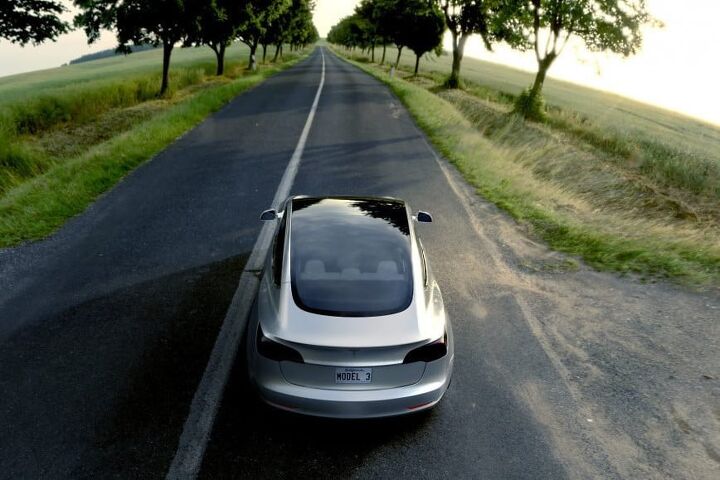
















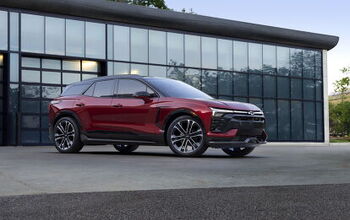
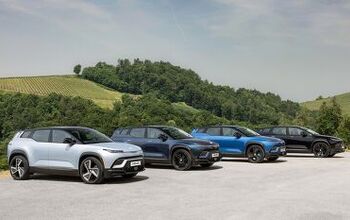
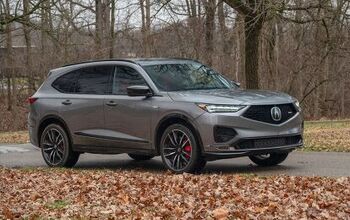
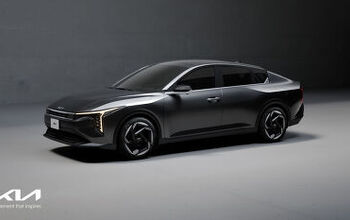
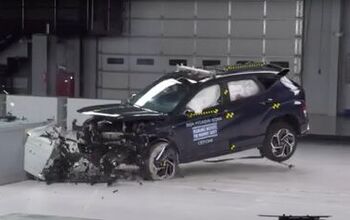
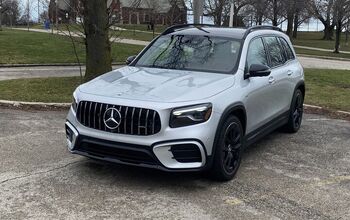
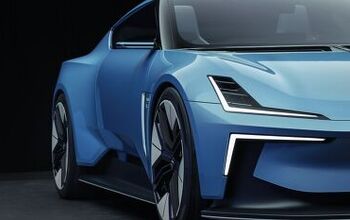
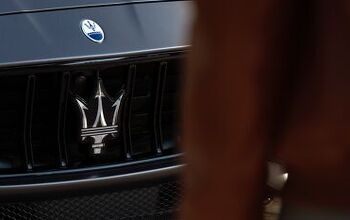
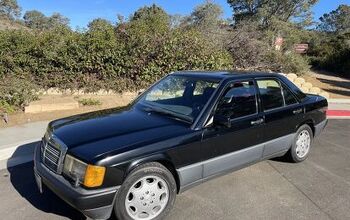
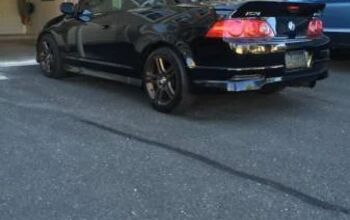

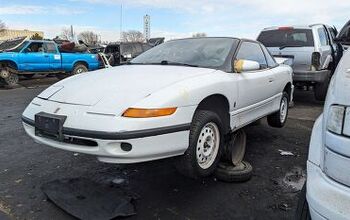
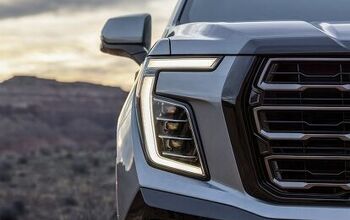
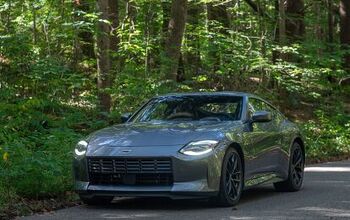
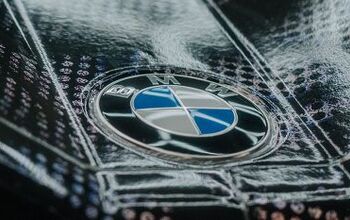
Comments
Join the conversation
Let’s get this right Jaguar and Audis electric models already outsell the model S and X in Europe, this is a dot com style bubble about to burst
...If you’re curious, $768 million of that $2.2 billion sum is customer deposits... By accounting rules, that $768 million can't be touched until the deposit holder has their vehicle delivered. So cash on hand is closer to $1.5B. There is only 2 more quarters worth of cash that can take a $900M hit.